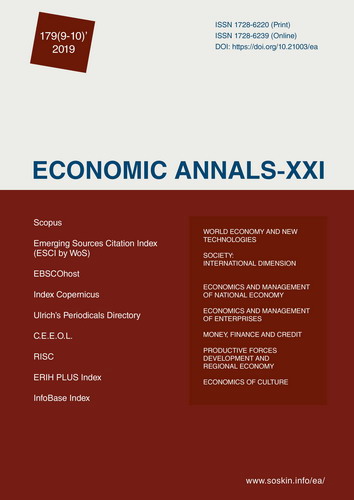Food industry in EU: testing the efficiency of business on the example of Hungary
Food industry in EU: testing the efficiency of business on the example of Hungary
Author(s): Éva Szalka, László TamándlSubject(s): National Economy, Supranational / Global Economy, Agriculture, Socio-Economic Research
Published by: Institute of Society Transformation
Keywords: Food Industry; Gross Production Value; Net Production Value; Added Value; Complex Efficiency; Partial Efficiency; Hungary;
Summary/Abstract: The food industry is a sector of particular importance in the Hungarian economy. Besides the fact that its contribution to the national economic output is 4.6-5.0%, it is the largest market outlet for agricultural raw materials. Today’s economic environment is constantly changing, and competitiveness can only be preserved with regard to efficient production. It is indispensable for the enterprises to know with which factors they can make their production more efficient, and which are the ones that can be improved in efficiency. In our study, we present the production and some typical indicators of the food sector in the European Union and Hungary. Our specific investigations are focused on the effectiveness of the dual-accounting food businesses. After determining each of the yield indicators (gross production value, material-free production value, net production value, added value), complex and partial efficiency indicators have been calculated and analyzed.Between 2013 and 2017, the yield indicators of the examined food businesses were increasing year by year despite the significant reduction in the number of enterprises by 2017 (fresher statistics currently available in Hungary). The complex efficiency indicator has been declining since 2016 which is caused by extremely high committed asset values and insufficient utilization of resources. The change in the yield indicators was followed by the change in the partial efficiency indicators. In many cases, the projection funds decreased during the period under review.
Journal: Економічний часопис - ХХІ
- Issue Year: 179/2019
- Issue No: 9-10
- Page Range: 66-79
- Page Count: 14
- Language: English

